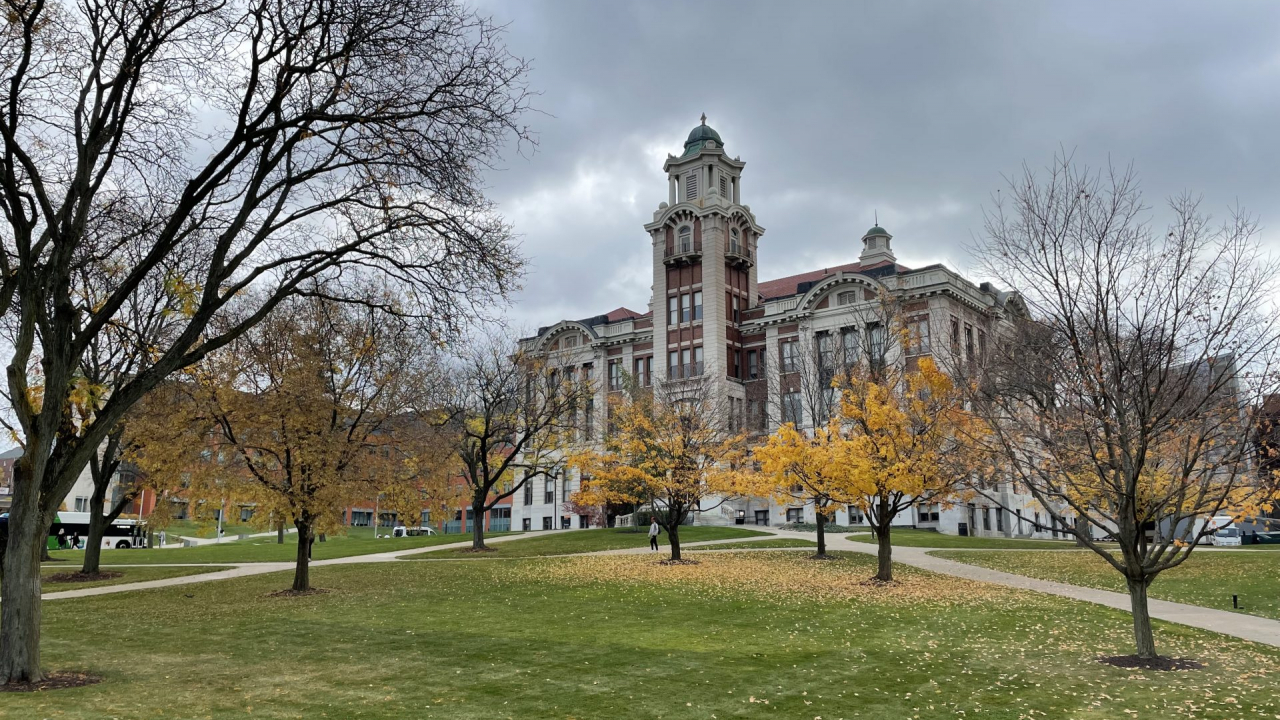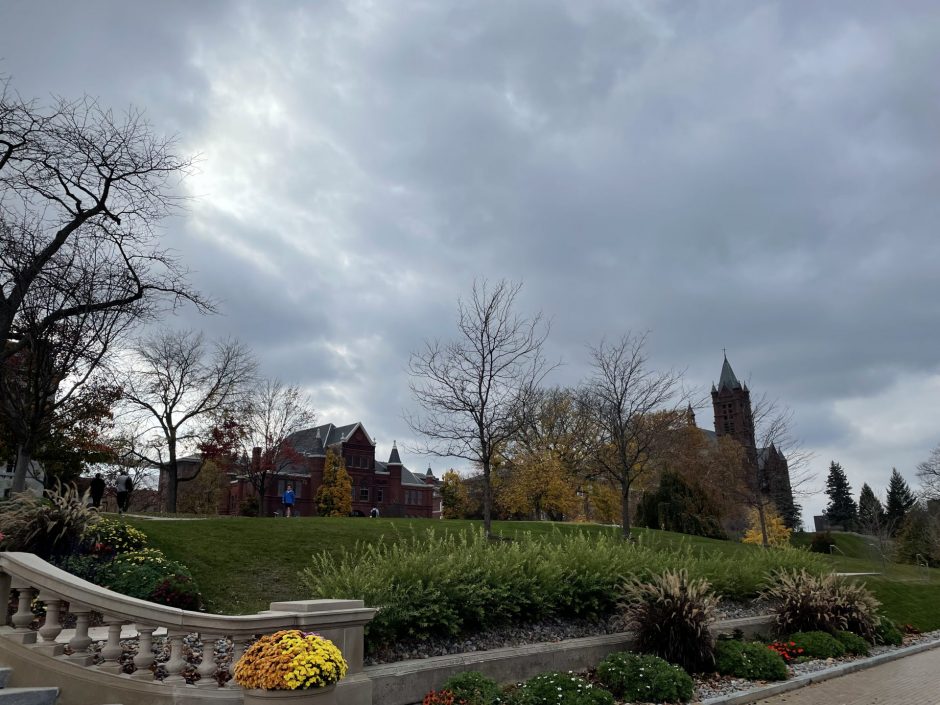
SYRACUSE, N.Y. (NCC News) – A historic month of October for weather in Syracuse that brought us slightly warmer temperatures and significantly drier conditions than average will not help us when predicting the forecast for the winter.
Temperatures were about 1.3 degrees Fahrenheit above the monthly average. This past month marked the 10th driest October in the Syracuse area on record. In the month of October, we only witnessed 1.10 inches of precipitation compared to an average amount of 3.89 inches.
Mark Pellerito, a meteorologist for the National Weather Service in Binghamton, says this coming winter will be the third consecutive La Nina.
A La Nina is a naturally occurring cycle over the course of every few years. This has worldwide impacts on the weather patterns that become prevalent over the course of winter.
“La Nina winters tend to be very fluctuating and changeable when you average it all out. It’s somewhere in the middle, but the truth of the matter is the average is just the meaning of the extremes, right? You got warm periods, cold periods, you put it all in the blender and it’s somewhere in the middle,” Pellerito said.
Pellerito says in other parts of the country, a La Nina winter can be predictable. But in Syracuse, La Nina affects us differently.
In La Nina winters, it can be tough sometimes to get a lot of cold air coming out of the northwest for longer than just a short period. So, when it comes to lake effect snow in the Syracuse area, while it can occur, it usually doesn’t.
There won’t be as many big lake effect events over the course of an entire winter. Lake effect snow happens every winter, but La Nina winters can make lake effect snow more focused, more north of the Syracuse area.
In the past, there has been a slower start to the winter in November. The first two weeks of the month will likely be warmer than average, Pellerito said. But once we reach the back half of the month there could be some variability and we could get some snow.
“Everything that we can see right now points to warmer-than-average conditions for the first half of the month,” Pellerito said.
Looking at the big picture of a La Nina winter, here’s what you can expect. In the Pacific Northwest, you can count on above-average precipitation. In the far southern US, you can count on warmer than average temperatures and drier than average precipitation. For the northeast, that’s where it’s super changeable and has a lot of fluctuation.
“Even though it may sound like we don’t know what’s going to happen… it’s the truth, you know for me to tell you that we know what’s going to happen this winter based on this pattern would be a disservice,” Pellerito said.
Although we would all like to know what to expect this winter, Pellerito says we have more questions than answers.






